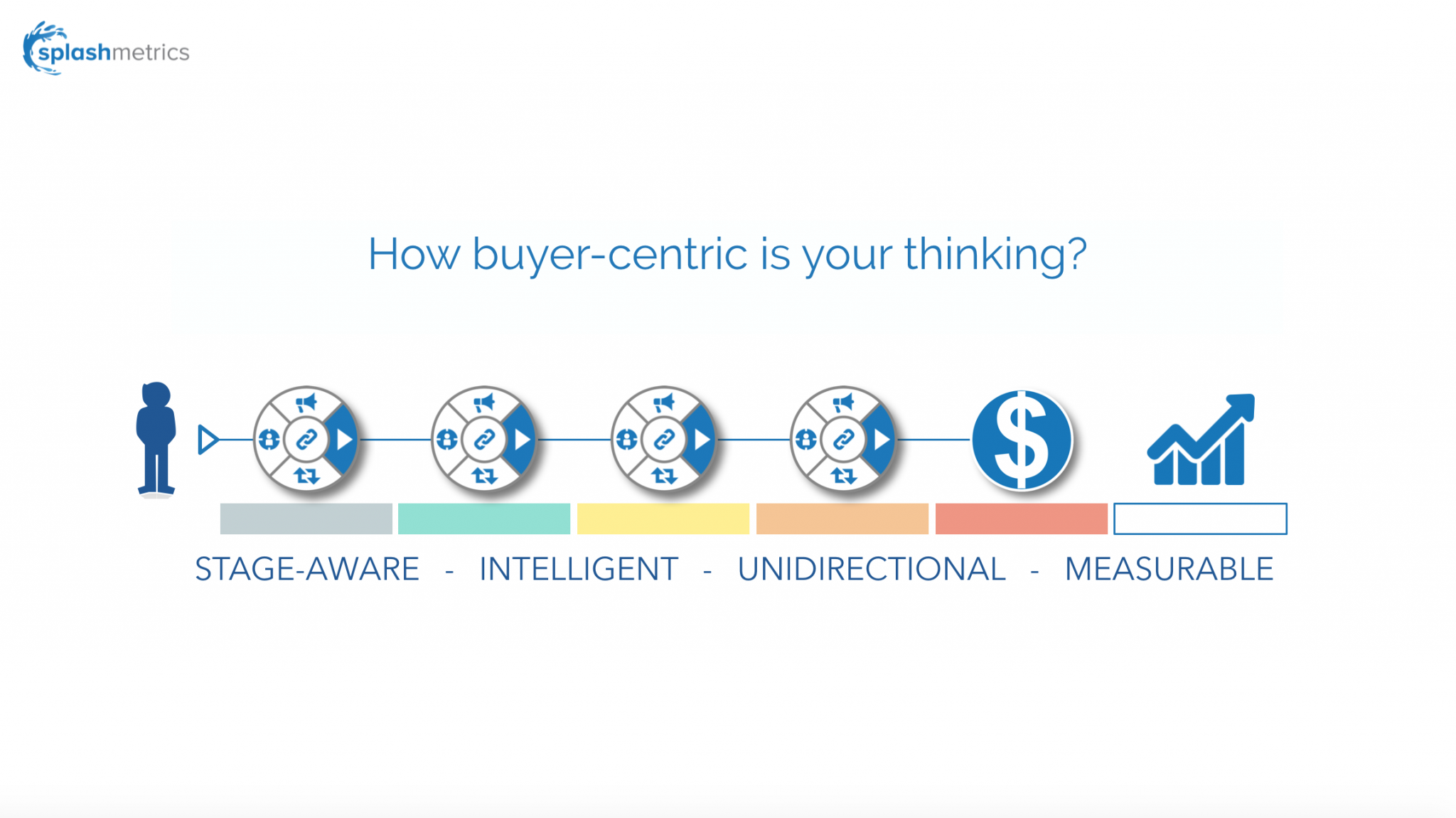There has been a lot of talk recently about the shifting role of the Chief Marketing Officer, with several large companies doing away with the CMO role altogether and moving toward a more technical approach to marketing and sales.
Coming from that more technical side of marketing myself, I see this as a positive and inevitable shift…purely because technology increasingly plays such a critical role with the Buyer.
As I tweeted a few months back, I was honored to be invited to discuss Splashmetrics at a “CMO Roundtable” put on by Capital Factory here in Austin during SXSW. One of the leading sentiments in that discussion was that the CMO role should really be more a “CRO” role: Chief Revenue Officer. The thinking was that because the longstanding divide between marketing and sales was blurring (finally!), primarily due to increasing focus on direct outcomes and results for revenue and ROI, the CMO now had a much broader mandate than just “marketing” in the traditional sense. And because there is no CSO, Chief Sales Officer, it naturally falls to the CMO to close that loop and prove those results.
You can see this same thinking expanded in Mr. Schultz’s AdAge article linked above:
Companies are consolidating marketing duties with executives who have broader mandates that often include sales and commercial functions such as product development, retail oversight and more. This has given rise to titles like “chief growth officer,” “chief experience officer,” “chief commercial officer,” “chief brand officer” and even “president of brands,” the moniker Beam Suntory created in June when it opted not to fill its CMO job, which had been vacant for 10 months.
It’s almost as if the word “marketing” itself needs a marketing campaign because it no longer encompasses all that goes into building brands and growing revenue.
Now, though I believe this thinking is so right on many levels, I’d like to offer that, overall, it’s still fundamentally and “dangerously” incomplete.
The problem is that these terms and ideas are very inwardly, corporately focused. In other words, as it has been for decades, marketing and sales is almost exclusively about structure in these conversations...e.g. “how we do what we do within our organization”. And through our years of work providing Strategy and Creative services to companies both large and small – we’ve seen over and over again the devastating gap this structural thinking leaves for the most important consideration of all when discussing building brands and growing revenue: The Buyer.
So, I’d like to offer a different term for consideration…the CBA, or Chief Buyer Advocate. If you’re in a senior role and looking at all your branding, research, product development, marketing, and sales efforts across your entire organization – you really shouldn’t see it through “corporate management” eyes…
You should see it through your Buyers’ eyes. Always.
In other words, how exactly are you making it easier, more informative, more enjoyable, and more compelling for an interested Buyer to become your customer? If the Buyers are not your primary focus in every single one of your plans and efforts – then all the corporate and structural gymnastics in the world will still fail to bridge the gap they are faced with.
It’s this underlying Buyer-centric thinking that pushed us to build Splashmetrics. Focusing purely on the Buyer’s Journey and carefully planning each and every step of it…from the Buyer’s perspective (not the company’s)...is, we strongly believe, the most effective way to put the strategic focus where it belongs and to truly close that sales gap. With such a foundation, it’s then much easier to build out new tactics and management structures for those efforts, dreaming up exciting new roles and terminology to describe it. Because, as everyone knows, when robust growth is happening – you get to set the rules.
So, who is the Chief Buyer Advocate in your company?


Leave A Comment